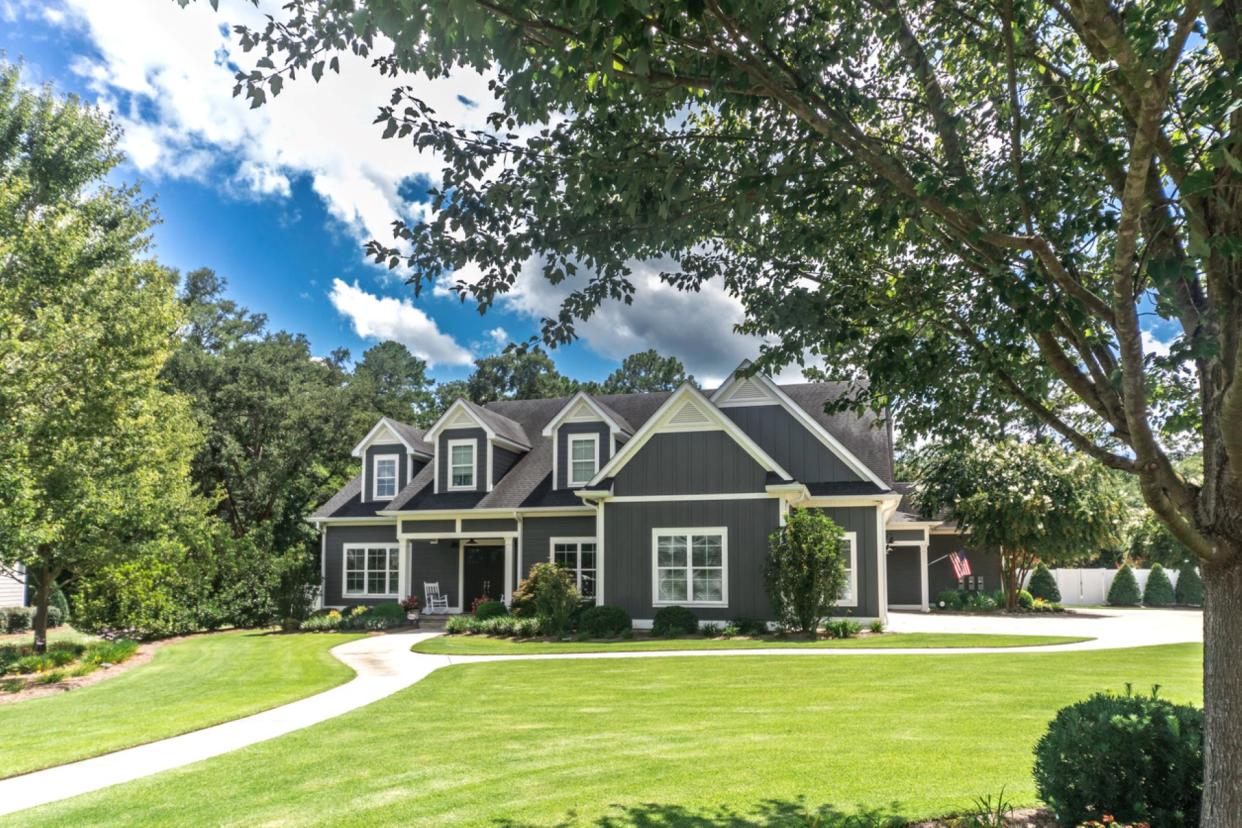Expert offers a look at what to consider when making your home disaster-resilient: ‘The toll doesn’t need to be nearly as high’

There’s an important factor that people around the country should consider before building a home — and it’s not whether to go with granite countertops.
As more people live with severe weather, durable design features should be considered in the architecture, according to New York Times climate adaptation reporter Christopher Flavelle.
Depending on the region, the likelihood of fire, wind, and flooding is much greater, impacting insurance premiums and safety. Fortunately, construction is catching up to severe weather conditions, which are made worse by planet overheating, per NASA.
“It’s possible to achieve a really significant degree of protection against disasters,” Flavelle said in a Times report on disaster-proof homes. “The toll doesn’t need to be nearly as high as it is.”
Last year, the country had 18 climate disasters with damage tallies of at least $1 billion. That matches 2017 and 2011 for the third-most billion-dollar weather calamities in a year, per the National Oceanic and Atmospheric Administration.
As a result, durable construction innovators have a growing customer base, as 3.3 million people were forced out of their homes due to severe weather last year alone, Business Insider reported. The weather-smart designs are becoming more economical, too, and are part of the way we can better deal with our warming planet’s changes.
The latest tech leverages fire-resistant flexible bamboo, geometry, and renewable energy storage to keep the power on when disaster strikes.
The Times reported that geodesic dome homes, which include fire-resistant and heat-reflecting aluminum shingles, can cost up to $450,000, not far off the U.S. average home value. And, it’s far less than traditional construction in urban areas, which can hit $600,000, per Business Insider.
The dome designs can also withstand high winds and heavy snow, per the Times.
“In places with high or even moderate disaster risk, the future savings on repairs or rebuilding are likely to be greater than the extra money spent to build in resilience features,” according to Flavelle, paraphrased in the Times.
Your ZIP code will likely play a role in the weather-prevention tech you add.
Astoundingly, the Southeastern U.S. has a higher risk of wildfire, wind, and floods, per a map published by Axios. If you live in much of the country, you might consider a system like one developed by Hadley FloodSAFE, which has a jack unit that lifts the home above flood waters.
Considering building in the western part of the country? Heightened wildfire risks make the geodesic design an option, per the Times.
Flavelle expects the unique domes — and homes with other safety features — to become more prevalent, especially on the West Coast.
“With insurers raising their rates or refusing to offer new coverage in California, homeowners may come to view resilient homes as a way to make their insurance more affordable, which could increase demand,” per Flavelle, paraphrased in the Times.
Join our free newsletter for weekly updates on the coolest innovations improving our lives and saving our planet.

